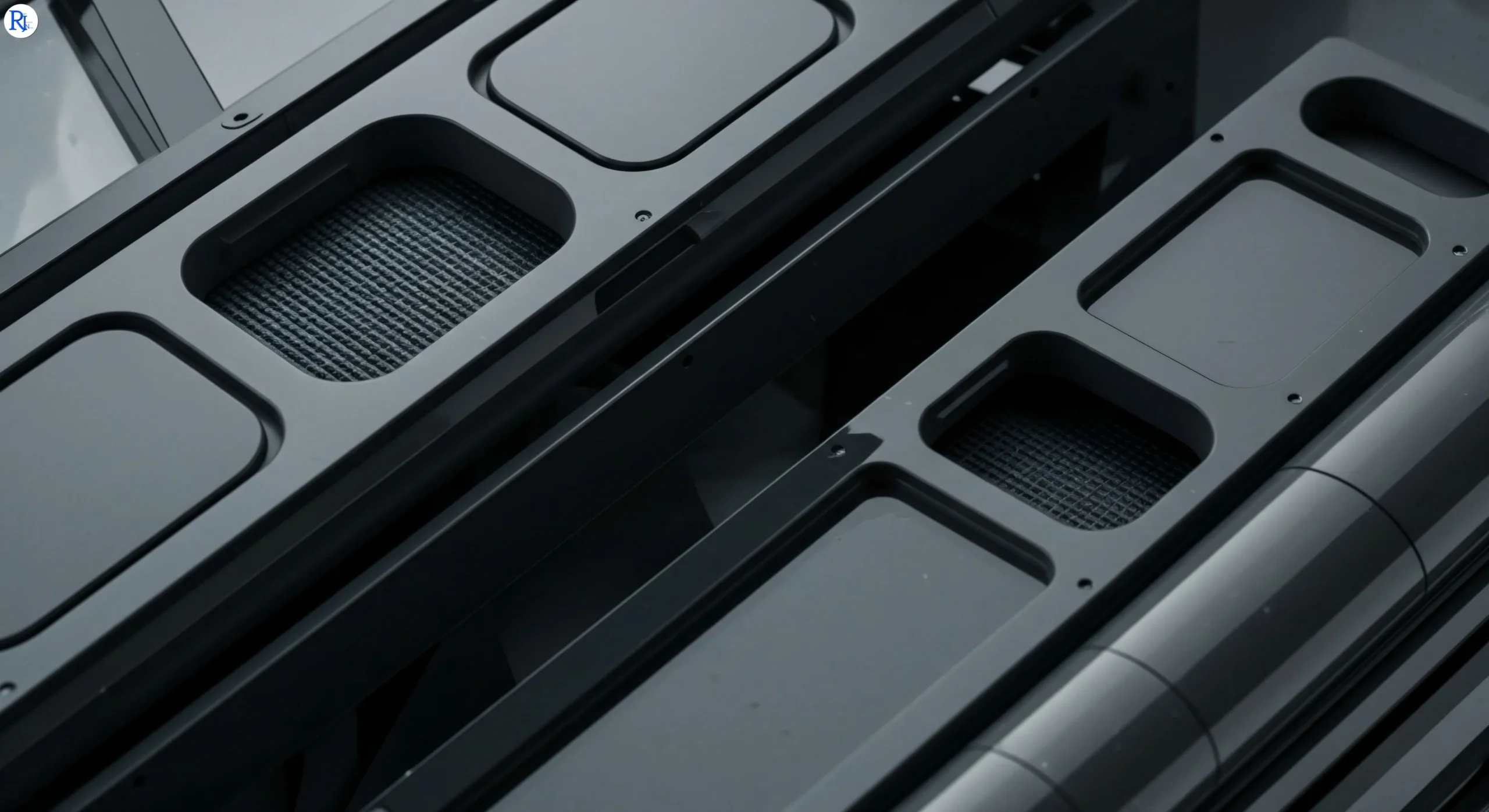Toyota says it remains on track to fit a solid-state battery in a production car as early as 2027, aiming first at a high-performance electric model before rolling the technology into wider use. Executives outlined the plan at the Tokyo motor show, calling solid-state batteries “very important in the future” for their gains in range, power and durability over today’s lithium?ion packs. The company has shown a prototype pack and previously said a car due in 2027 could travel up to 745 miles on a single charge. A halo model under the Lexus badge is widely tipped to lead the launch, but Toyota has not confirmed the nameplate, saying only that the first application will leverage the battery’s compact size and high output. The move marks a significant step in Toyota’s electrification strategy, as it seeks to balance performance, efficiency and sustainability across its next generation of EVs.
Context and timing
Toyota shared the update at the Tokyo motor show, following years of internal development and a public roadmap that targets a production start in 2027 or 2028. The remarks came as the company reiterated its confidence in solid-state technology and its usefulness across performance cars and potential commercial vehicle applications. The latest timeline aligns with information published on 30 October 2025.

Solid-state promise: power, range and packaging gains
Toyota says solid-state batteries combine high energy density with robust performance, describing the packs as “high power, compact and long-range.” Compared with the lithium?ion units used in most EVs today, the company claims its development cells can deliver double the power, triple the range and four times the durability. The higher energy density allows engineers to fit more energy into a smaller footprint. That opens the door to lighter battery packs, more cabin space, and lower vehicle heights without sacrificing range.
Toyota argues these traits will change how designers and engineers shape future EVs. A smaller, flatter pack can drop the floor height and roofline, improving comfort and driving dynamics while reducing aerodynamic drag. The firm has long signalled that battery packaging governs the look and usability of electric cars. By shrinking the physical space taken up by the battery, Toyota expects to unlock sleeker profiles and better proportions. The company says cars using solid-state packs will harness these attributes to deliver strong performance and long-distance capability in one package.
Performance first: Lexus supercar tipped, but Toyota keeps options open
Given the high-power character of the technology, Toyota has indicated that a performance model offers the best launchpad. Insiders point to the upcoming Lexus supercar as a likely candidate. The car is seen as a radical successor to the LFA and a potential electric sibling to the V8?engined Toyota GR supercar. Its ultra-low silhouette and promise of rapid acceleration make it a logical beneficiary of a compact, energy?dense pack that supports high output.
However, Toyota has not confirmed the first recipient. Keiji Kaita, president of the company’s Carbon Neutral Engineering Development Centre, said: “Whether it will be a Lexus or Toyota, we will leave that to your imagination.” That stance keeps options open as testing continues. Still, the brand’s emphasis on “high power” applications suggests a flagship EV will act as the proving ground before the technology moves into more mainstream models. Toyota also noted it is considering opportunities in commercial vehicles, where long-lasting batteries could reduce running costs and downtime.
Manufacturing and durability: longer life to cut CO2 footprint
Toyota links the appeal of solid-state chemistry not only to performance, but also to sustainability. A longer-lived battery spreads the environmental load over more years and miles. Company representatives said they aim to reduce the carbon footprint by cutting CO2 in materials manufacturing and, crucially, by extending battery life. If a solid-state battery lasts four times longer than a conventional pack, Toyota says the total carbon footprint during the use phase could fall by 75% in theory.
Durability matters for owners and fleets as well. Fewer replacements lower costs and reduce waste. Toyota says it “keeps in mind that we want to prolong the life of batteries,” because longer-lasting packs improve the economics of EV ownership and support circularity goals. The company’s durability claim sits alongside targets for better usability. That includes charging behaviour, energy retention and performance across a wide temperature range, areas where the firm continues to validate its designs as it prepares for production.
Platforms and packaging: where solid-state fits in Toyota’s line-up
Hiroki Nakajima, Toyota’s chief technology officer, said that “technically speaking,” the company could integrate solid-state batteries into its current EV platforms. Doing so could deliver “the same range in half the space,” he said. Even so, Toyota intends to prioritise new, dedicated architectures that maximise the packaging and performance benefits of the technology. A platform built around a smaller, flatter pack can make full use of the battery’s compact form and energy density, allowing lower seating positions and improved aerodynamics.
For existing architectures and higher-volume models, Toyota is developing a lower?height lithium?ion battery to improve space efficiency in the near term. That pack features side?mounted terminals and improved materials to reduce overall height. The design allows future EVs to gain interior space and run sleeker rooflines. Toyota has demonstrated the concept with a low?slung Corolla?branded design study, showing how modest changes in pack thickness can reshape a car’s proportions without sacrificing range or practicality.
Timelines and the road to production: “sticking to the schedule”
Toyota first announced plans to bring solid-state batteries to market nearly a decade ago. In recent years, it has shown a prototype pack and set a target of a production model in 2027. Executives at the Tokyo motor show reaffirmed that schedule, stating the company is “sticking on the schedule” and eyeing 2027 or 2028 for the first car. The company’s early production focus on a high?performance model reflects both the strengths of the technology and the need to validate it under demanding conditions.
Toyota’s claims include a potential range of up to 745 miles for a car due in 2027, along with the headline figures of double the power, triple the range and four times the durability compared with current batteries. The company continues to refine materials, manufacturing processes and quality controls as it moves towards series production. It also keeps an eye on commercial applications, where endurance and quick turnaround can deliver strong fleet benefits. The next milestones will involve scaling pilot lines, finalising vehicle integration and confirming specifications for the launch model.
Why solid-state matters for the EV race
Solid-state batteries have long been viewed as a crucial next step for electric vehicles. The solid electrolyte promises higher energy density and improved stability versus liquid-based cells. In practice, that can reduce pack size and weight while lifting performance. Several mainstream car makers are investing in this field, reflecting the scale of the opportunity and the technical challenge. Toyota’s update signals confidence that the technology has advanced from lab and prototype stages towards manufacturable reality.
If Toyota meets its timeline, the company could reshape expectations for EV range and packaging, while addressing concerns about battery lifespan. A compact, durable pack also helps designers lower vehicles, which can improve handling and efficiency. The firm’s stance shows a dual approach: push cutting?edge solid-state for flagship models and refine lithium?ion for immediate gains in volume cars. That strategy spreads risk and keeps product pipelines moving as the industry transitions.
Wrap-up
Toyota’s plan to launch a solid-state battery in a production car by 2027 or 2028 marks a pivotal moment in its EV roadmap. The company frames the technology as “high power, compact and long?range,” backing those claims with targets for double the power, triple the range and four times the durability. A performance model appears set to go first, with a Lexus supercar seen as a likely, though unconfirmed, debut. Alongside performance, Toyota links longer battery life to a lower carbon footprint during use, and it continues to refine manufacturing to cut CO2 at the source. With technical leaders saying the packs could deliver the same range in half the space, the firm plans to prioritise new architectures while improving existing lithium?ion designs for mainstream cars. If Toyota stays on schedule, its solid-state launch could reset EV benchmarks for range, packaging and longevity, and accelerate the move to more efficient and durable electric mobility.

